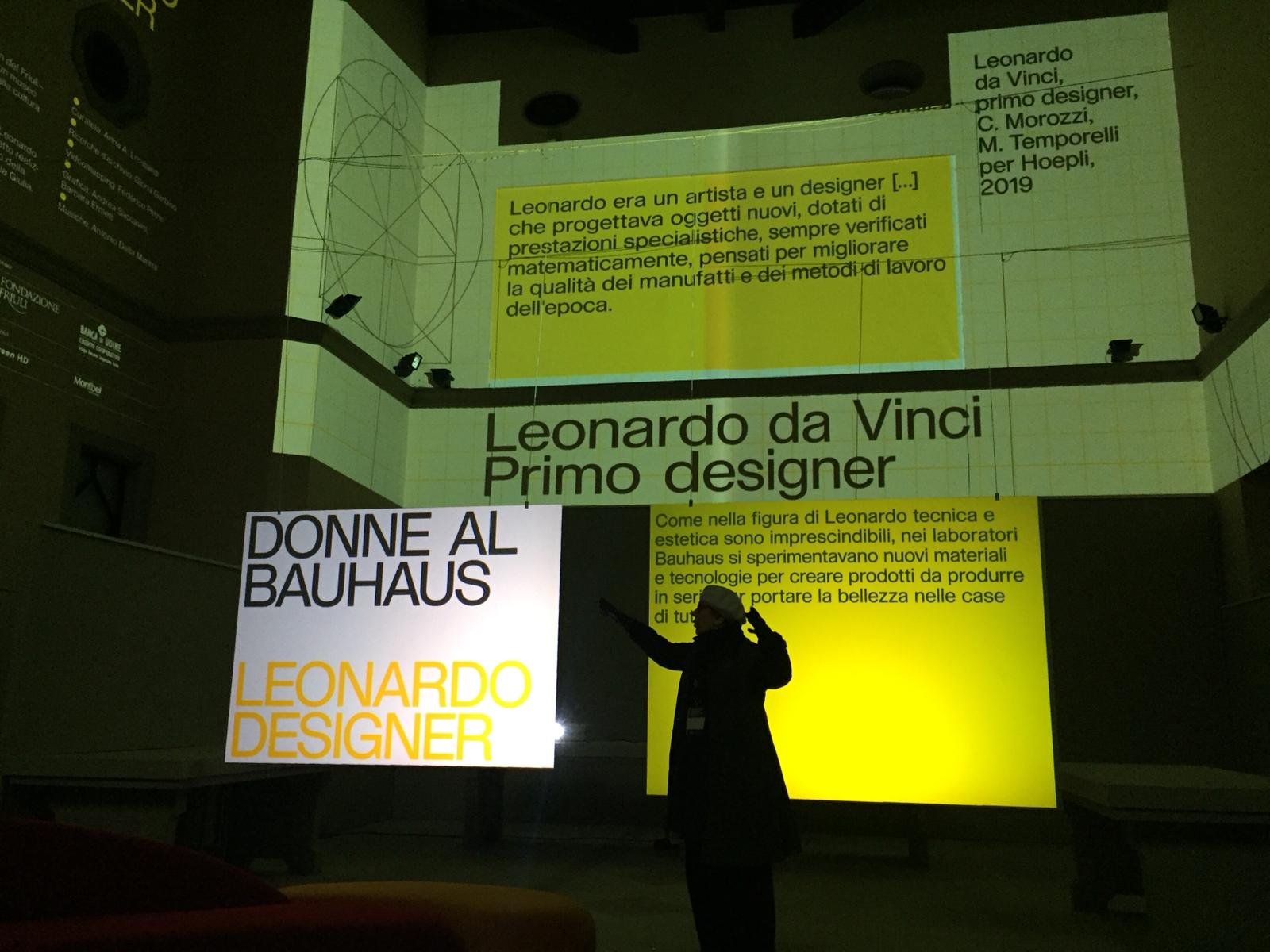On the subject of Bauhaus … traces
4 March 2020
The traces left by the Bauhaus women were in some cases pronounced, in others less so. They made up over a third of all those enrolled in the fourteen years of the school’s activities. Some were already professionals when they enrolled, others completed their studies and went on to establish themselves in the world of work, others disappeared from artistic circles and returned to private life, others again were one-hit wonders who attended the school for a short time. Many had to flee when the Nazis came to power. Some died during the war, in the gas chambers or bombings. Bauhaus was nevertheless an exciting chapter in their lives. Women, who were not allowed to attend university, often found freedom and emancipation here; freedom to be who they wanted, freedom to express their creativity and also freedom to love outside of the norms. For many, their personal vicissitudes were linked to those of their companions, who they actually met here.
It is not easy to find information about Mila Hoffmann-Lederer and her husband Hanns, German graphic designers who enjoyed great fame and long careers, but we know they met as students at the Bauhaus. Helene Schmidt-Nonné married the student and typographic master, Joost Schmidt. Ruth Hollos met at the Bauhaus, and married, the architect and photographer Erich Consemüller. Ruth Cidor-Citroën, the youngest student at Bauhaus, found love through attending courses when she met the brother of one of her fellow students. Lotte Gerson met Edmund Collein when they played in the Bauhaus band together. He became a famous architect, yet it is difficult to find any professional trace of her, but she must have been a special woman if she played the saxophone in the band. Marguerite Frielander-Wildenhain married her colleague Frans and together they founded an important school of ceramics in America. Also Elsa Franke-Thiemann married her fellow companion Hans, a painter. We remember her in a portrait, a tomboy wearing glasses à la Le Corbusier, and her outstanding wallpaper design work, based on photography. Hans Fischer, also a painter who attended Bauhaus, married two Bauhaus women from different school periods, Kitty van der Mijll Dekker-Fischer and Greten Neter-Kähler. They were both very gifted, the first winning several medals for her textiles, and both an essential presence in weaving museums. Gertrud Wysse Haegg-Feiningen, a student on the graphic design course, there met Lux, the son of a famous Bauhaus painter and teacher, Lyonel. Etel Fodor-Mittag married her fellow student Ernst Mittag and the many portraits she made of him have survived to this day. She, always smiling, was a communist and a rebel and indeed was forced to leave the school due to disagreements with one of the teachers. In fact, in the late Bauhaus period there were several students registered with Kostufra (Kommunistische Studenten Fraktion). They were banned from the school but the association was often deeper than political or educational, it was human, as in the case of Ricarda Meltzer and her husband Heinz Schwerin. Together they fled to Palestine and took up professional careers as photographers and designers.
These are just some of the interwoven lives that can be traced in the intricate history of Bauhaus. It is to be wondered who did not become intimately involved in those years at the school. Perhaps Johannes Itten, perhaps Paul Klee, perhaps Gerhard Marcks, perhaps Herbert Bayer or Walter Peterhans? And how important were relationships for the women who went on to become masters, such as Gunta Stölzl and Marianne Brandt?
[This research forms part of the DONNE AL BAUHAUS / LEONARDO DESIGNER project, developed with the support of the Friuli Venezia Giulia Region, Department of Culture]
On the cover the portal on the main façade of the Museo Galleria Tina Modotti, where the exhibition is being held with original artwork created by Andra Saccavini and Barbara Ermeti.


